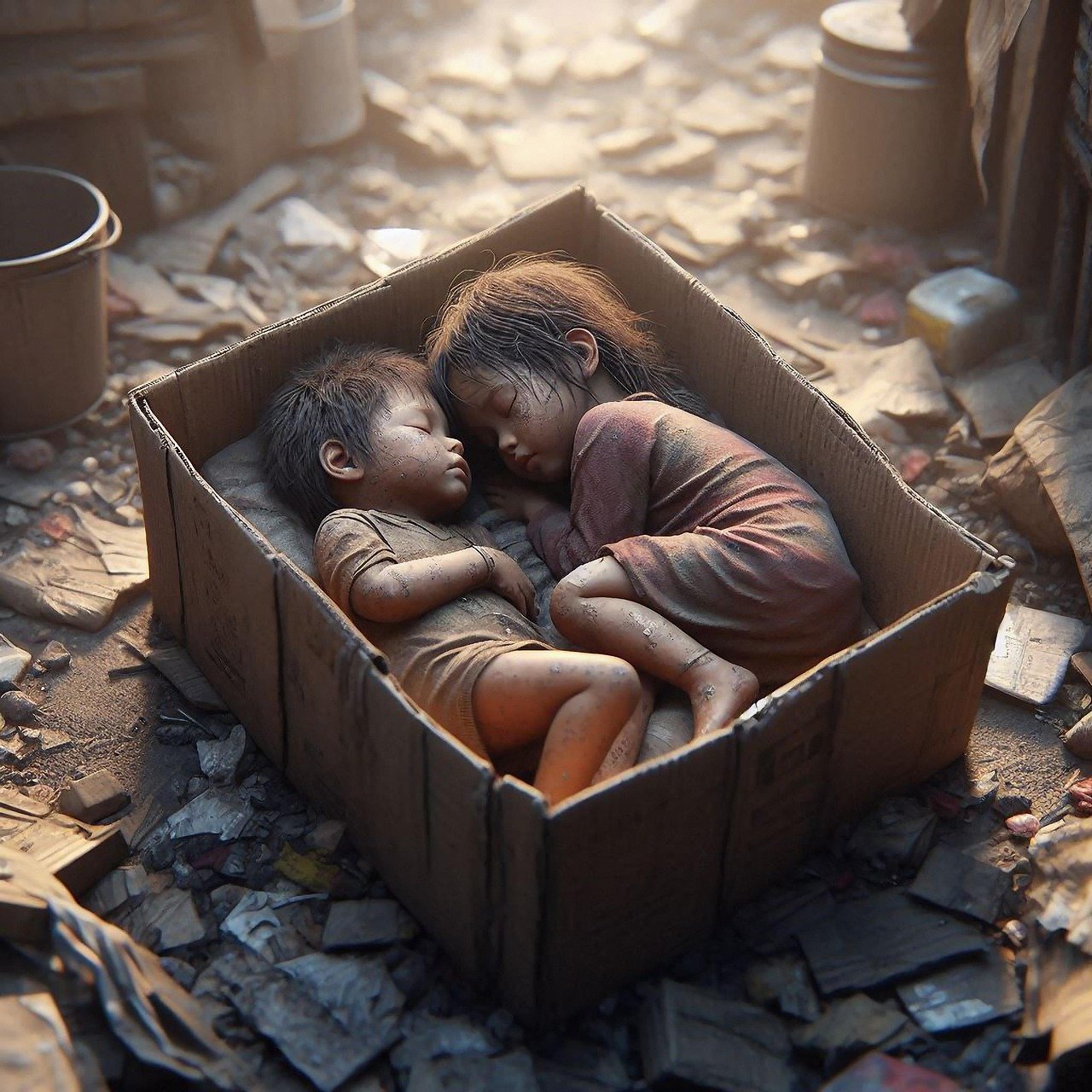Meta Description:
Malnutrition affects millions globally and in India. Learn its causes, shocking statistics, and actionable solutions to combat this silent crisis.
Introduction
Malnutrition is one of the most pressing yet overlooked health challenges worldwide. It isn’t just about hunger—it’s about deficiencies, imbalances, and excesses in nutrient intake that stunt growth, weaken immunity, and hinder societal progress. In this blog, we explore malnutrition’s global and Indian impact, its root causes, and how we can collectively address it.
What is Malnutrition?
Malnutrition manifests in three key forms:
- Undernutrition – Wasting (low weight-for-height), stunting (low height-for-age), and underweight (low weight-for-age).
- Micronutrient Deficiencies – Lack of essential vitamins/minerals (iron, vitamin A, iodine).
- Overnutrition – Excess calories leading to obesity, diabetes, and heart disease.
Did you know? Malnourished children are 10x more likely to die from common infections (WHO).
Global Malnutrition Crisis: Key Facts
- India ranks 111th (out of 121) in the 2023 Global Hunger Index—worse than Nepal, Pakistan, and Bangladesh.
- UNICEF reports 1 in 3 children globally suffer from stunting.
- WHO highlights:
- 45 million children are wasted.
- 148 million are stunted.
Malnutrition in India: Shocking Statistics
NFHS-5 (2019-21) Data:
- 35% of under-5 children are stunted (low height-for-age).
- 32% are underweight.
- 19% suffer from wasting (severe weight loss).
State-wise Breakdown
| State | Stunting (%) | Underweight (%) |
|---|---|---|
| Bihar | 42.9 | 41.0 |
| Uttar Pradesh | 39.7 | 32.1 |
| Karnataka | 35.4 | 32.9 |
| Kerala | 23.4 | 19.7 |
Alarming Fact: 51.8% of women in Karnataka are anaemic—a key indicator of malnutrition.
Root Causes of Malnutrition
- Poverty & Food Insecurity – Inability to afford diverse, nutrient-rich foods.
- Poor Maternal Health – Malnourished mothers give birth to underweight babies.
- Lack of Awareness – Misconceptions about balanced diets.
- Sanitation Issues – Repeated infections worsen nutrient absorption.
- Limited Diet Diversity – Over-reliance on rice/wheat, lack of proteins & vitamins.
Consequences of Malnutrition
- Children: Impaired brain development, lower IQ, higher school dropout rates.
- Adults: Reduced work productivity, higher disease susceptibility.
- Economy: India loses 4% of GDP annually due to malnutrition (World Bank).
India’s Fight Against Malnutrition
- POSHAN Abhiyaan – Aims to reduce stunting by 2025.
- Mid-Day Meal Scheme – Provides nutritious meals to schoolchildren.
- ICDS (Anganwadi Services) – Targets pregnant women & children under 6.
- Anaemia Mukt Bharat – Focuses on iron & folic acid supplements.
How You Can Help
✅ Educate – Share nutrition knowledge in your community.
✅ Support – Donate to NGOs like Akshaya Patra, CRY, or local food drives.
✅ Advocate – Push for better policies on food security & healthcare.
Conclusion: A Call to Action
“Are you giving your child what their body really needs?”
Malnutrition isn’t inevitable—it’s solvable. By raising awareness, supporting programs, and demanding policy changes, we can build a healthier, stronger India.
Let’s act today—because no child should grow up hungry.


Hi, this is a comment.
To get started with moderating, editing, and deleting comments, please visit the Comments screen in the dashboard.
Commenter avatars come from Gravatar.